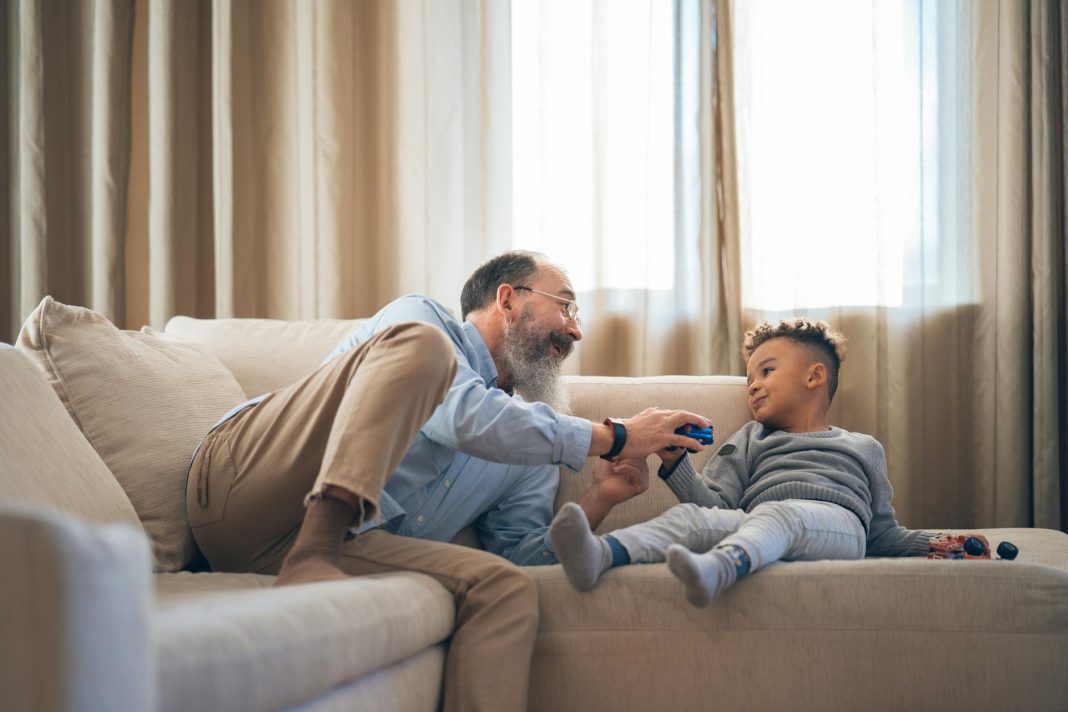Let’s be honest, parenting is a wild ride. One minute you’re basking in the glow of a perfectly-behaved child, the next you’re knee-deep in a toddler tantrum or navigating a teenage rebellion. The key to surviving (and thriving!) this rollercoaster? Mastering the art of boundaries and positive discipline.
Forget the outdated image of strict, punitive parenting. We’re talking about creating a family environment where everyone feels respected, understood, and safe – even when things get challenging. This isn’t about control; it’s about fostering independence, responsibility, and emotional intelligence.
Setting Respectful Boundaries: It’s Not About Being Mean, It’s About Being Clear
Boundaries aren’t walls; they’re guidelines. They’re the invisible fences that define personal space, acceptable behavior, and family expectations. Setting them effectively means communicating clearly and consistently what’s okay and what’s not. Think of it as creating a roadmap for your family’s journey, not a prison sentence.
Here are some tips for setting respectful boundaries:
- Start early: Even toddlers understand limits. Establish clear rules from the beginning, explaining the “why” behind them in age-appropriate terms.
- Keep it simple: Too many rules lead to confusion and resentment. Focus on a few core values and expectations.
- Collaborate where possible: Involve older children in establishing household rules. This fosters a sense of ownership and responsibility.
- Communicate calmly and clearly: Avoid yelling or lecturing. Use “I” statements to express your feelings and expectations.
- Be consistent: The most important aspect of setting boundaries is consistency. If a rule is broken, there needs to be a consequence, and the consequence should be consistently enforced.
- Offer choices whenever appropriate: Providing choices empowers children and gives them a sense of control.
- Be prepared for pushback: Children will test boundaries. It’s part of their development. Stay calm and reiterate the rules with compassion.
- Regularly revisit your boundaries: As children grow and mature, so should your boundaries. What works for a toddler may not work for a teenager.
Positive Discipline: Guiding Behavior, Not Punishing Mistakes
Positive discipline isn’t about ignoring misbehavior; it’s about teaching and guiding. It focuses on understanding the root cause of the behavior, providing appropriate consequences, and fostering emotional growth. It’s about building relationships, not enforcing power.
Effective positive discipline strategies include:
- Empathy: Before reacting, try to understand why your child is behaving a certain way. Are they tired, hungry, or feeling overwhelmed?
- Natural consequences: Allow children to experience the natural consequences of their actions, whenever it’s safe to do so. For example, if they don’t put away their toys, they may not be able to find them later.
- Logical consequences: These are consequences that are directly related to the misbehavior. If they draw on the wall, they might help clean it up.
- Time-outs (used thoughtfully): Time-outs can be effective for calming down, but they shouldn’t be used as punishment. Focus on helping your child self-regulate.
- Positive reinforcement: Catch your child being good! Praise and reward positive behaviors more than you focus on negative ones.
- Problem-solving: Involve your child in finding solutions to problems. This teaches them responsibility and critical thinking.
- Focus on teaching, not punishing: Frame discipline as a learning opportunity. Help your child understand why their behavior was inappropriate and what they can do differently next time.
Behavior Guidance: A Collaborative Approach
Behavior guidance is about proactively shaping your child’s behavior through consistent routines, clear expectations, and positive reinforcement. It’s a partnership, not a power struggle.
Tips for effective behavior guidance:
- Establish daily routines: Predictable routines provide comfort and security, reducing the likelihood of behavioral issues.
- Provide plenty of opportunities for physical activity: Kids who are physically active tend to be better behaved.
- Teach emotional regulation skills: Help your child identify and manage their emotions. This is crucial for self-control.
- Use positive language: Focus on what your child *can* do, rather than what they *cannot* do.
- Take care of yourself: You can’t pour from an empty cup. Make sure you’re taking care of your own physical and mental well-being.
Parenting is challenging, but it’s also incredibly rewarding. By embracing the principles of respectful boundaries and positive discipline, you can create a loving, supportive, and thriving family environment where everyone feels heard, understood, and empowered. The Family Compass: Navigating Discipline and Boundaries with Love and Logic

